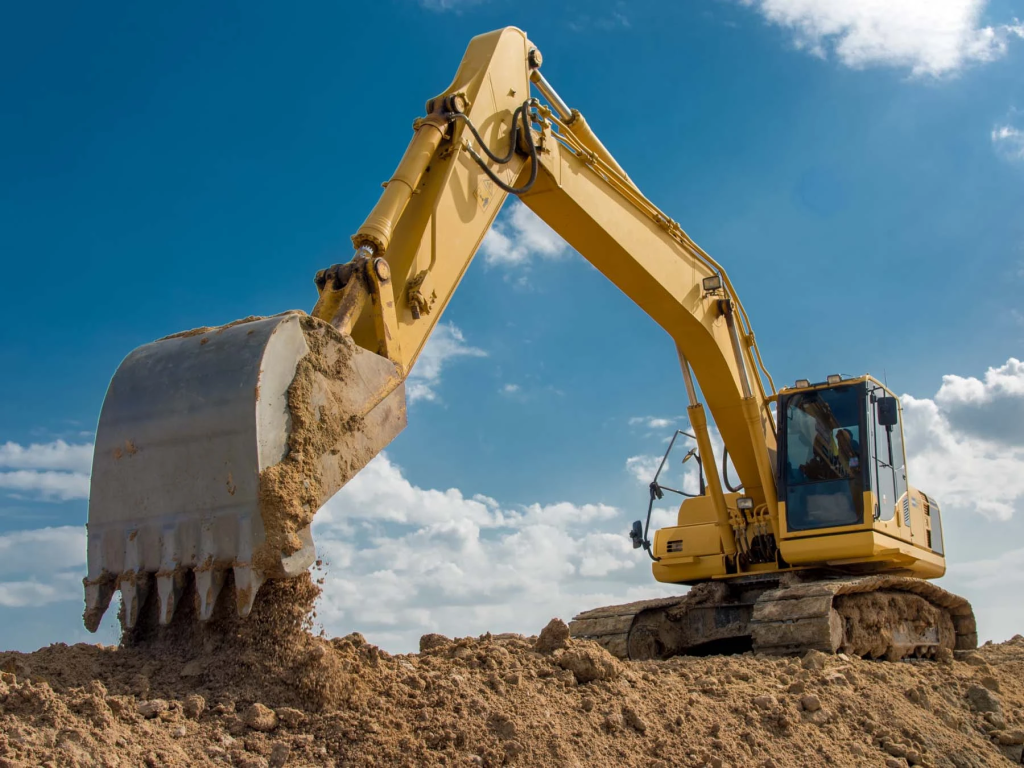The Essential Guide to Choosing the Right Excavator
Selecting the right excavator is essential for ensuring efficiency and effectiveness on job sites. With numerous models and specifications available, making an informed decision can significantly impact your project’s success. This guide outlines key factors to consider when choosing the right excavator for your needs.
1. Assess Your Project Requirements
1.1. Type of Work
- Excavation: General digging and earthmoving.
- Demolition: Requires robust machines with specific attachments.
- Landscaping: Smaller, more maneuverable excavators are often suitable.
1.2. Terrain
- Flat Ground: Standard excavators may suffice.
- Uneven Terrain: Look for models with enhanced stability and traction.
- Confined Spaces: Mini or compact excavators are best for tight areas.

2. Size and Weight Class
2.1. Mini Excavators
- Weight: Typically under 10,000 lbs.
- Advantages: Highly maneuverable, easy to transport, ideal for small projects.
2.2. Midi Excavators
- Weight: Between 10,000 lbs and 20,000 lbs.
- Advantages: Versatile for moderate jobs; a balance between power and size.

2.3. Standard Excavators
- Weight: Over 20,000 lbs.
- Advantages: Greater power and capacity, suitable for heavy-duty tasks.
3. Key Specifications to Consider
3.1. Engine Power
- Measured in HP (Horsepower): Higher horsepower generally translates to better performance in challenging conditions.
3.2. Digging Depth and Reach
- Max Digging Depth: Important for deep excavation tasks.
- Max Reach: Determines how far you can extend the boom and stick.
3.3. Bucket Capacity
- Measured in Cubic Yards or Cubic Meters: Larger buckets can move more material but may affect maneuverability.
4. Hydraulic System
4.1. Flow Rate
- Measured in GPM (Gallons Per Minute): Higher flow rates enable faster operation of attachments.
4.2. Auxiliary Hydraulics
- Important for Attachments: Ensure the excavator can support additional tools like thumbs, augers, or grapples.
5. Consider Attachments and Customization
- Common Attachments:
- Buckets: Various sizes and shapes for different tasks.
- Thumbs: For grasping and moving materials.
- Hammers: For breaking concrete or rock.
- Customization Options: Some models offer features like cab enhancements or advanced technology.
6. Brand Reputation and Support
6.1. Research Brands
- Look for brands known for durability, reliability, and excellent customer service.
6.2. Dealer Support
- Choose a supplier that offers robust after-sales support, including maintenance, parts, and service.
7. Budget Considerations
7.1. Purchase vs. Rental
- Purchase: Ideal for long-term projects; consider financing options.
- Rental: A cost-effective solution for short-term needs.
7.2. Total Cost of Ownership
- Factor in maintenance, fuel consumption, and additional equipment costs.
Conclusion
Choosing the right excavator involves careful consideration of project requirements, specifications, and budget constraints. By understanding these factors, you can select an excavator that optimizes performance and meets your specific needs. If you have any questions or need further assistance in your decision-making process, feel free to ask!
It is also important to understand the parts of the excavator
